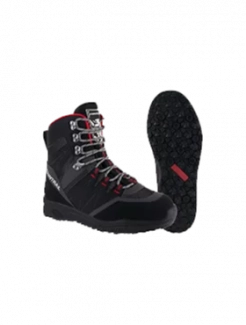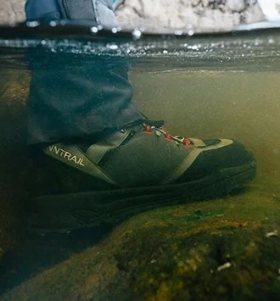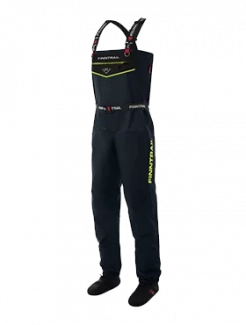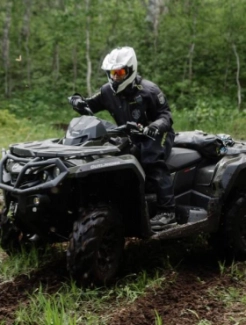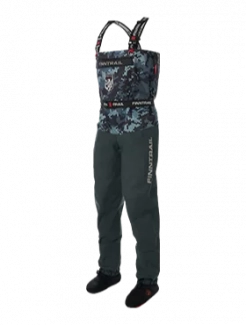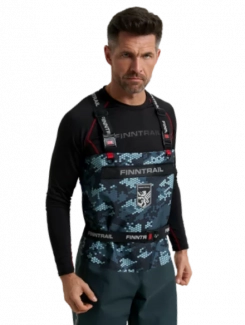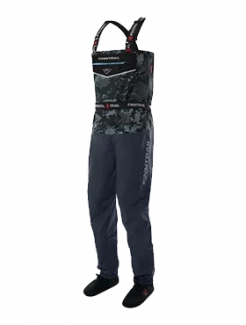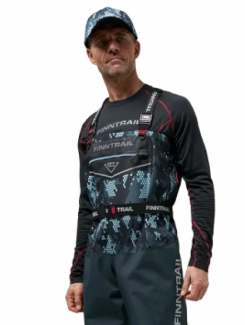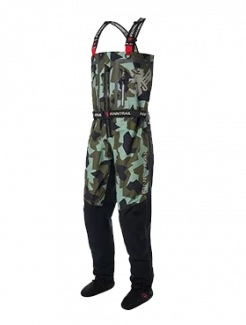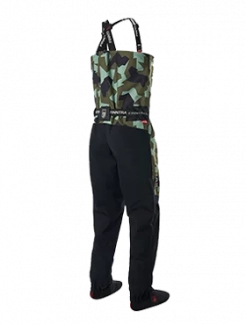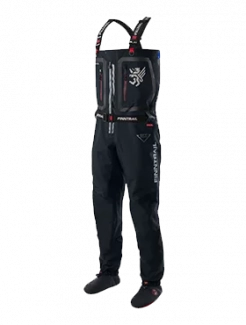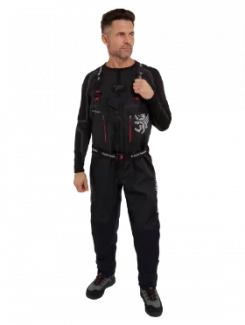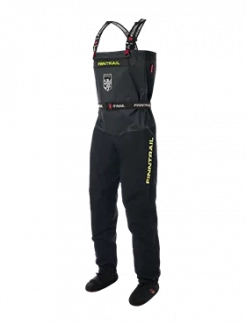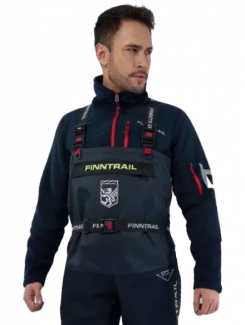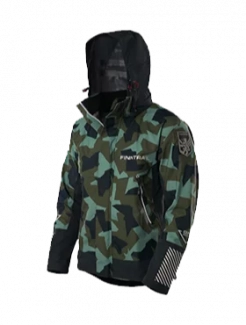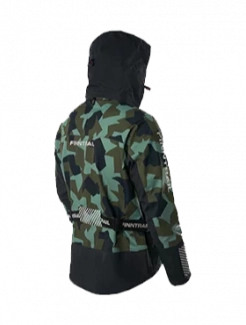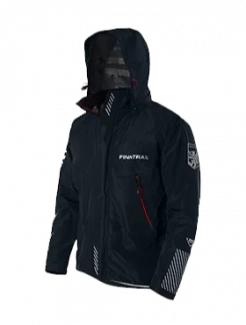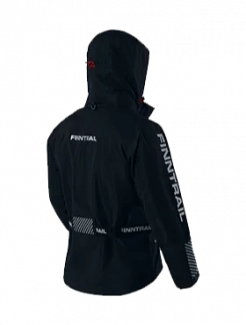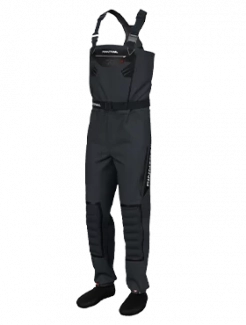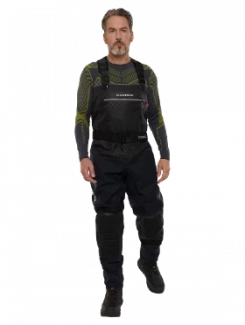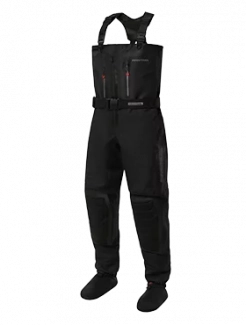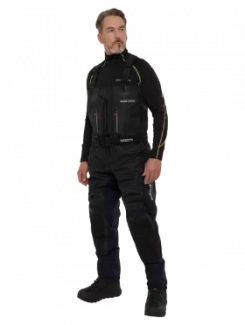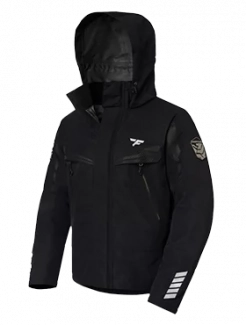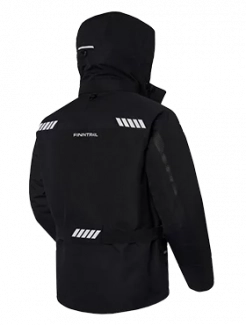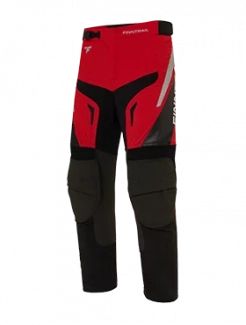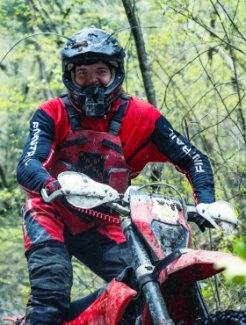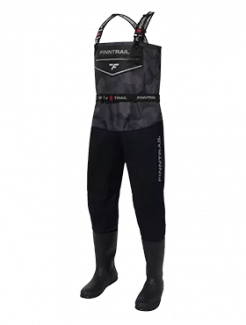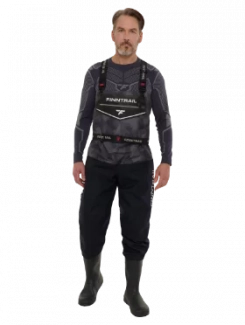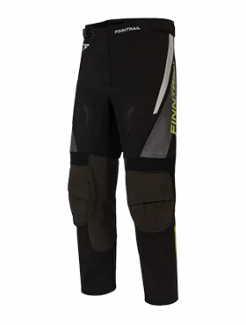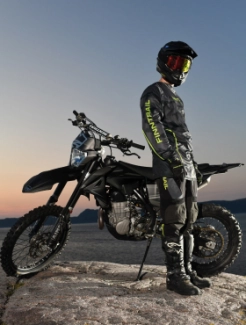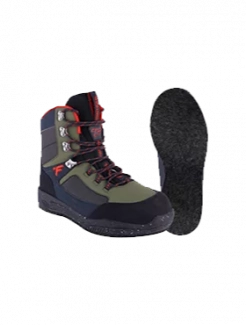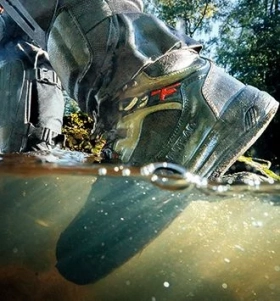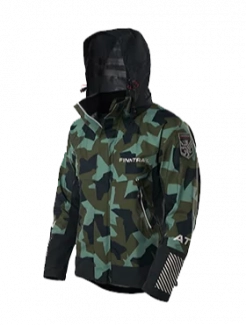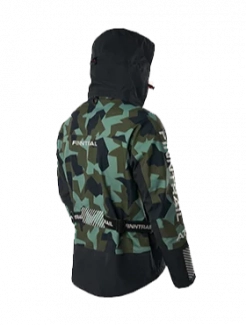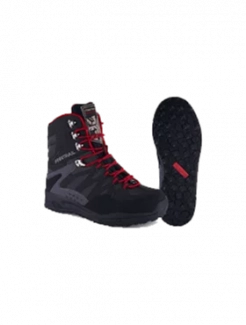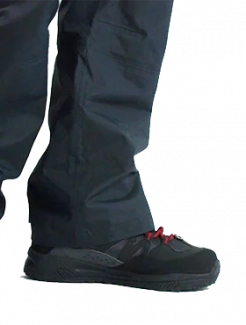Protect Yourself: Essential Safety Gear for Off-Road Adventures
When it comes to enjoying the thrills of off-road driving, preparation is just as important as excitement. Whether you’re behind the wheel of a UTV, ATV, dirt bike or a 4×4 tackling rugged terrain, the right off-road driving safety gear isn’t optional—it’s essential. In this article we’ll cover the key categories of off-road gear, discuss how to choose them wisely, and offer safety gear recommendations that will help ensure your next adventure is as safe as it is memorable.
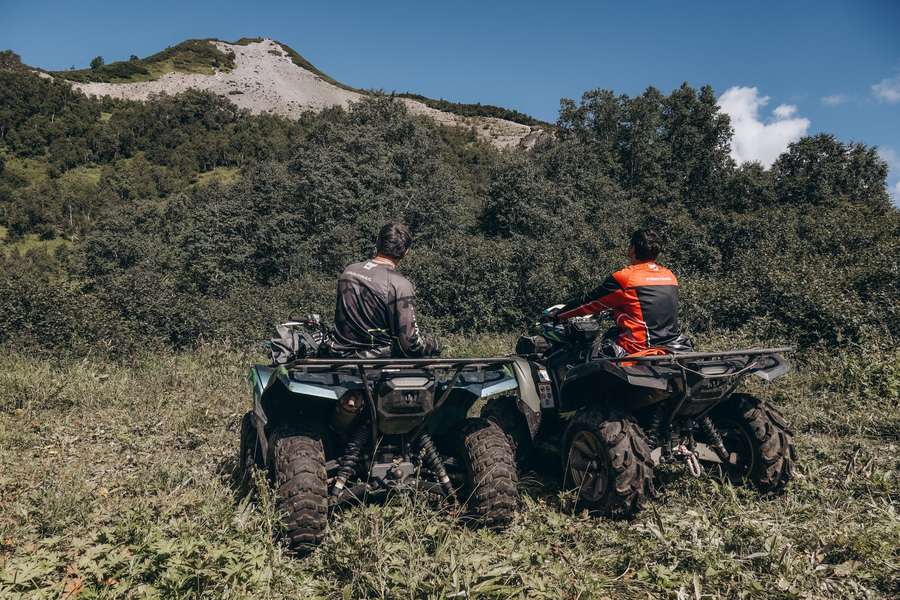
Why off-road safety gear matters
Off-road environments present hazards that simply don’t exist on paved roads: uneven terrain, mud, rocks, tree limbs, unpredictable slopes and sudden changes in traction or direction. Even at moderate speed, a small mistake or equipment failure can escalate quickly. Proper gear does more than just protect you—it gives you confidence, increases comfort, and helps you respond properly when things don’t go as planned. The risk of injury can be vastly minimised by wearing the best and correct fitting protective gear.
Core categories of off-road driving safety gear
Below are the fundamental types of protective gear every off-road enthusiast should consider.
1. Helmet and head protection
Your helmet is your first line of defense. For off-road driving—especially in UTVs/ATVs or dirt bikes—a full-face or off-road specific helmet with vents, sturdy chin bar, and proper certification is ideal.
Why? Because collisions or rollovers don’t always happen at high speed; even a simple tipover can result in head trauma if you’re unprotected.
2. Eye protection and visibility
Flying debris, branches, dust, and mud are all part of off-road riding. Good goggles or a helmet with built-in shield help protect your eyes and maintain clear visibility. Without clear vision, your reaction time suffers—and that’s when accidents happen.
3. Upper-body protection (chest/back/shoulders)
Body armour, chest protectors, back plates, and protection jackets make up the next essential layer of safety. Riders should never skip upper-body protection, and pay attention to gear designed to safeguard the upper torso, back, chest, shoulders, arms, waist, and everything in between. Even when driving a UTV or side-by-side, sudden movements or tipping can put strain on your torso, and proper protection helps reduce the risk of serious injury.
4. Limbs and joint protection (arms, elbows, knees)
Elbows and knees are highly exposed in off-road environments—they can strike rocks, twist during a fall, or be impacted by other riders’ machines. The elbows often hit the ground first during a fall. Similarly, quality knee guards or braces are essential for navigating rough trails and when getting on or off bikes or UTVs.
5. Hand and foot protection
Rugged terrain demands sturdy boots with ankle support and gloves that offer both abrasion resistance and dexterity. These ensure that even if you do slip or get bumped, your extremities are less likely to suffer severe damage.
6. Safety gear for the machine and for the journey
While not always “worn” gear, there are protective items for your vehicle and expedition that fall under the broader off-road safety gear umbrella. According to many riders, tools for repair, recovery and emergency situations are must-haves.
Think fire extinguishers, recovery boards, satellite communicators, first aid kit, extra water/food and vehicle recovery straps.
Off-road driving safety gear recommendations
Here’s a practical checklist of recommended items and how to choose them effectively for your next trip:
-
Helmet: choose one certified to recognized standards (e.g., DOT, ECE, Snell). Ensure proper fit, check for vents and compatibility with goggles if required.
-
Goggles/Shield: look for anti-fog lenses, replaceable straps and compatibility with your helmet.
-
Body armour/chest protector: ensure coverage for chest and back. Check that it fits comfortably with your driving gear and doesn’t restrict movement.
-
Elbow/knee guards: try them on with boots and pants to ensure mobility. Go for models with hard shell plates or quality foam.
-
Gloves and boots: opt for boots with reinforced toes, good ankle support and non-slip soles. Gloves should combine durability and tactility (for controls).
-
First-aid kit & emergency supplies: carry a kit designed for outdoor/adventure use, extra clothing layers, fire-making tools and water/food for emergencies.
-
Recovery gear for the vehicle: straps, shackles, winch, recovery boards and an anchor point are essential for being stuck in remote terrain.
-
Communication and navigation: satellite communicators or two-way radios for when cell service fails. Being able to call for help could make the difference between a minor incident and a serious situation.
How to integrate safety gear into your riding routine
Here are some practical tips to ensure your gear becomes a normal part of your off-road routine, not an afterthought:
-
Inspect gear regularly: check your helmet for cracks, your boots for wear, your body armour for loosened straps. Gear degrades with use.
-
Fit is everything: ill-fitting gear can compromise safety. Try everything on with the other elements of your kit (boots, gloves, pants) to ensure compatibility.
-
Match gear to conditions: riding in muddy, wet, hot or cold terrain calls for specific gear features (venting, waterproofing, insulation, etc.). For instance, body armour may be fine in moderate conditions but you might need a protective jacket in colder climates.
-
Practice with your gear on: before tackling serious terrain, do a test run wearing your full gear setup so you’re comfortable with mobility and visibility.
-
Plan for breakdowns and unforeseen events: your safety is partly dependent on the environment and your machine, so carry the recommended emergency/recovery equipment.
-
Upgrade when necessary: don’t compromise on quality just to save money. Your safety is too important to be measured in dollars and pennies.
Final thoughts
Embracing off-road driving means accepting a level of risk—but smart enthusiasts minimize that risk by investing in the right gear. When you take the time to equip yourself with quality off-road protective gear, you’re not just following a checklist—you’re building a mindset of safety, responsibility and preparedness. Whether you’re exploring remote trails or simply bouncing through rougher terrain, make safety gear recommendations your standard, not your optional extra.
Remember: the machine may be powerful, the trail may be thrilling—but your body is irreplaceable. Gear up, stay aware, and enjoy the ride.

